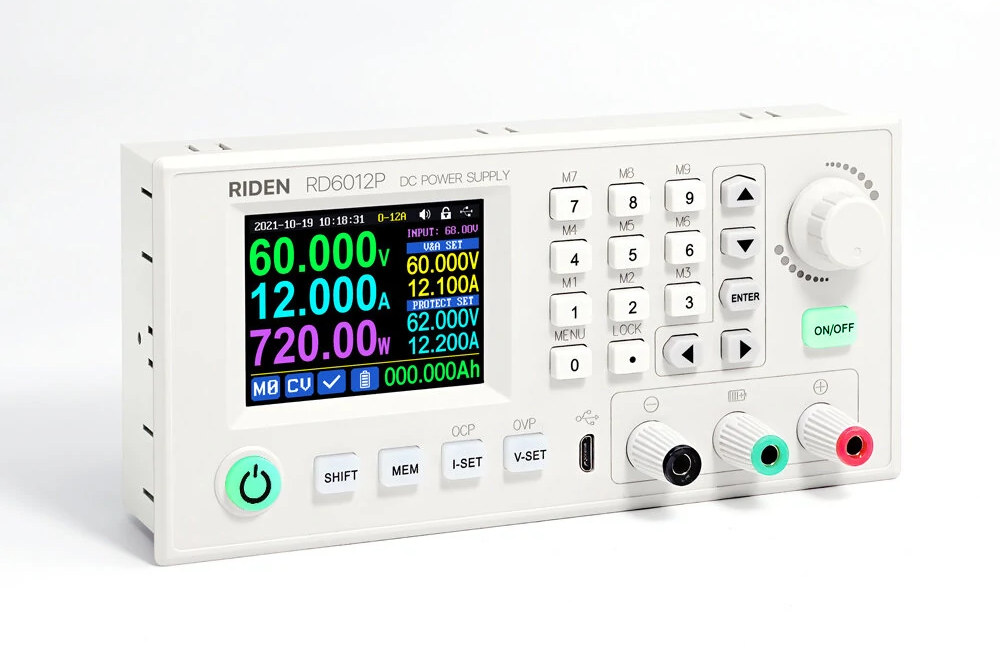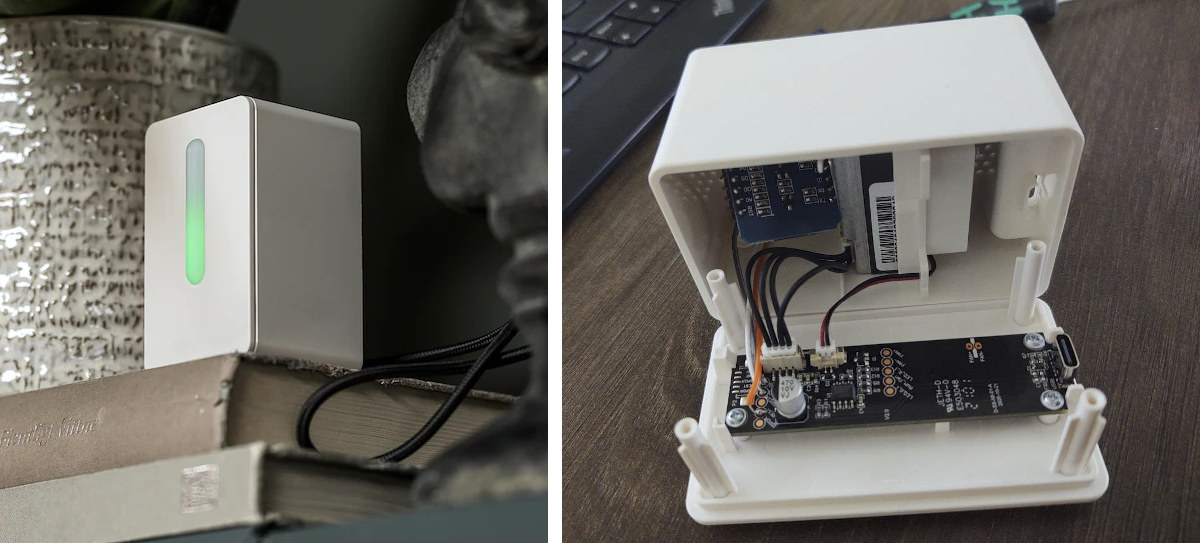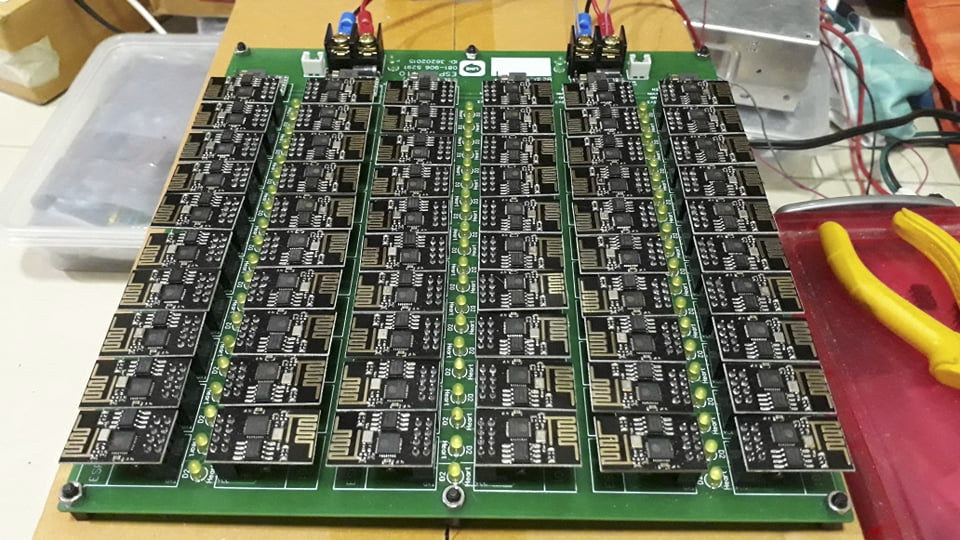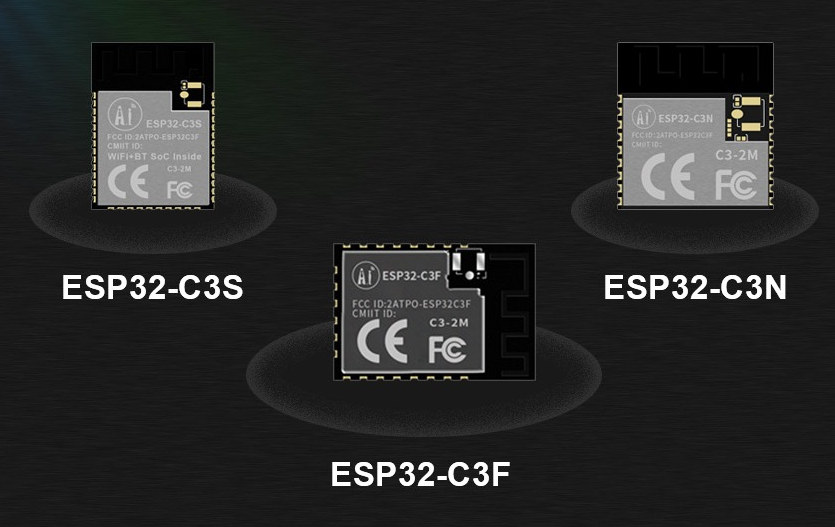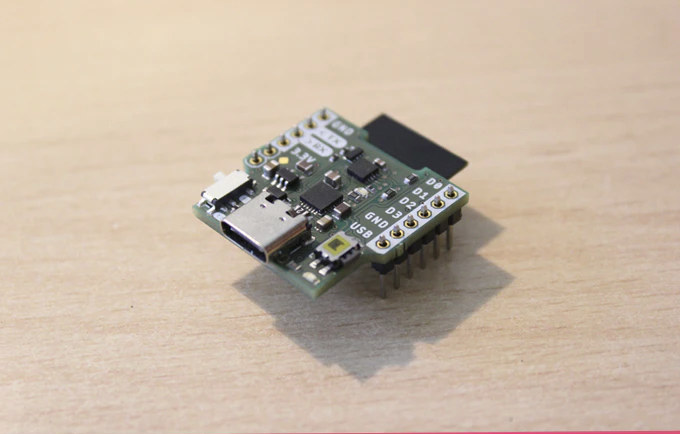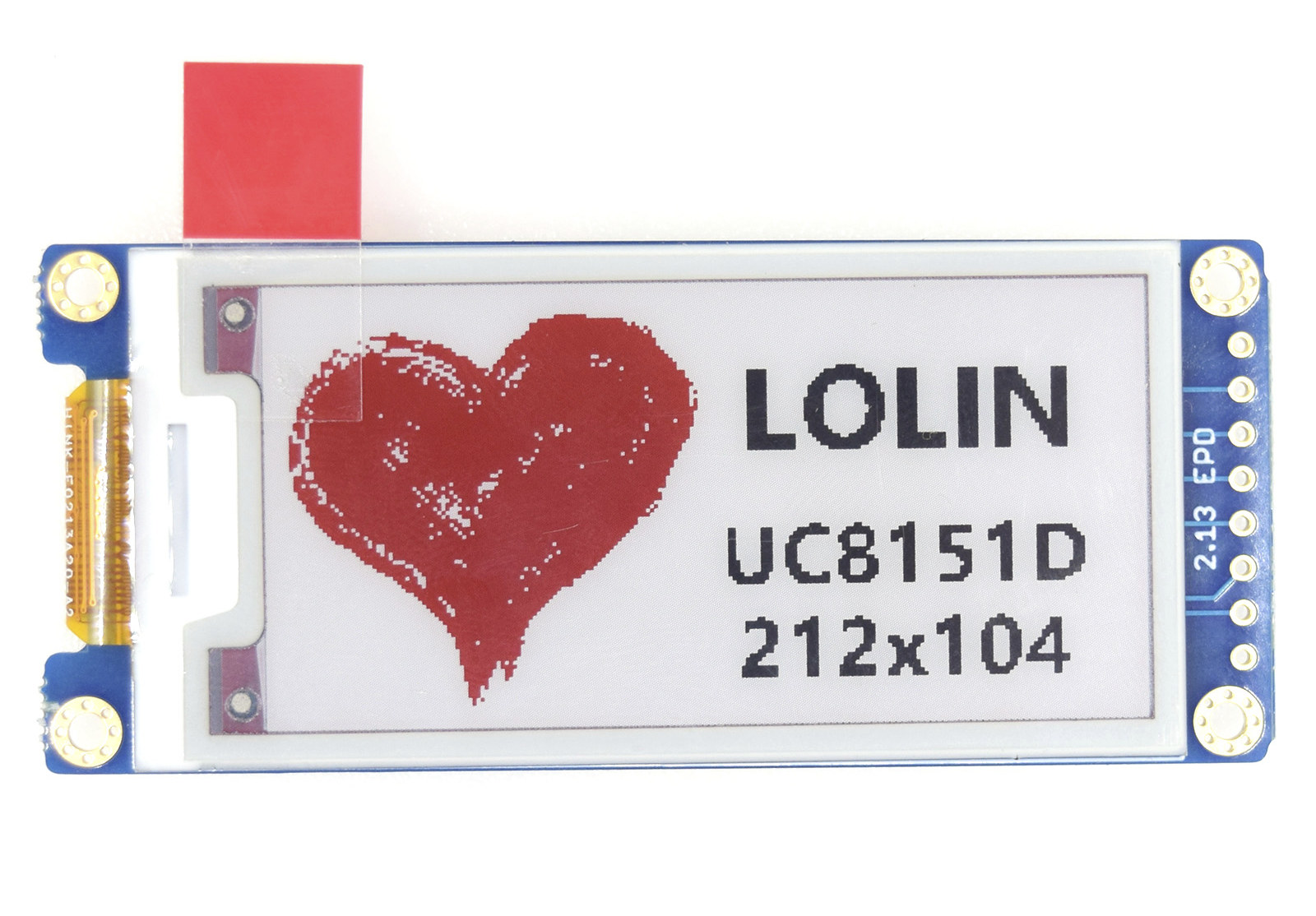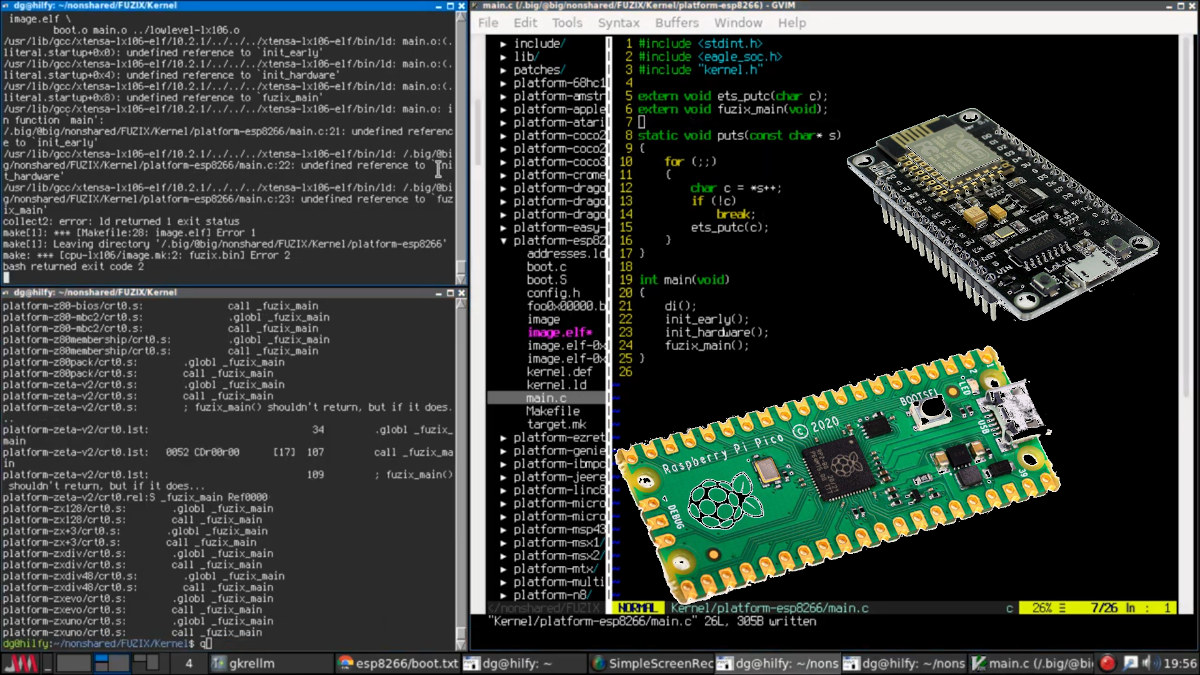Bench DC power supplies are usually adjusted with some buttons and rotary encoders, but RIDEN RD6012P DC power supply can be controlled from your PC via USB, and there’s RD6012P-W model that adds a WiFi module to adjust parameters from a smartphone running Android or iOS. Besides the “smart” functions, the bench power supply supports 0V to 60V voltage range and up to 12A current for a maximum of 720W output power and comes with an HD color display with 5 digits for each voltage, current, and power measurement, and a setup menu. RIDEN RD6012P(-W) power supply specifications: Display – 2.4-inch color HD display with adjustable brightness Host interface – Micro USB port and optional WiFi module (fitted to RD6012P-W model) Input voltage – 7 – 70.00V with 0.01V resolution, ±(1% + 5 digits) accuracy Output voltage – 0 – 60.000V with 0.001V resolution, ±(0.5‰ + 4 digits) accuracy Output […]
Ikea PM2.5 air quality sensor’s ESP8266 hack adds WiFi, MQTT, and Tasmota support
Ikea VINDRIKTNING PM2.5 air quality sensor functionality can be augmented with an ESP8266 WiFi board or module, and open-source firmware adding MQTT, or the popular Tasmosta firmware for more features. Out of the box, Ikea air quality sensor simply shows green (good), yellow (ok), and red (not good) colors to indicate the level of pollution with PM2.5 levels. But Sören Beye (Hypfer), who also happens to have developed Valetudo firmware for smart vacuum cleaners, has added a Wemos D1 Mini board to his sensor and developed open-source firmware with MQTT support. You’ll need to open the air quality sensor, and solder three wires between the ESP8266 board and the 5V, GND, and Tx (data) pin from the Ikea VINDRIKTNING mainboard. After flashing the firmware, you still get the original LED indicator plus PM 2.5 air quality data sent over MQTT and WiFi. The update system supports Home Assistant Autodiscovery with […]
Board for 60 ESP-01 modules that update firmware from Github, mine “Duino Coins”
When I first saw the large ESP-01 V1.0 board on Facebook, I thought it was designed to speed up firmware updates of up to 60 ESP-01 modules. The developer, Thanormsin, just explained it would take 5 to 24V DC input to power all ESP8266 attached to it. It looks cool to have so many But there was no PC interface to update the firmware, so it did not make sense to me, even if it could be used for OTA firmware updates, as the first time, one would have to manual update the firmware. So I discussed with Thanormsin, and he explains to me his initial arrangement was a cable mess. That is why he designed a board to make it neater, and easier to manage. Each ESP-01 module can update firmware from the Internet, more especially from Github, as each time a new firmware version is uploaded to Github, […]
AI-Thinker introduces 5 ESP32-C3 modules pin compatible with ESP8266 & ESP32 modules
ESP32-C3 is the first RISC-V wireless SoC from Espressif Systems, and at the time of the initial announcement promised to cost about the same as ESP8266 but adds support for Bluetooth 5.0 LE besides 2.4 GHz WiFi, and retain software compatibility through the ESP-IDF framework. We were also told the goal was to provide ESP8266 compatible modules, and AI-Thinker has just announced five new ESP32-C3 modules compatible with earlier ESP8266 & ESP32 modules as shown in the table below. The table above is quite low resolution but that’s the best I could obtain from the company… It’s also a complete mess, not showing all alternative ESP8266 or mistaken in board sizes. So I’ll try to give a short summary of differentiating features and equivalent ESP8266/ESP32 modules: ESP32-C3F is meant to replace ESP-12F with a 24 x 16 mm form factor. It does add an IPEX connector, besides the PCB antenna. […]
The Axon platform offers WiFi & LoRa IoT messaging in a compact form factor (Crowdfunding)
Qortex (Amine Mehdi Mansouri) has developed the WiFi & LoRa IoT messaging platform to allow devices to communicate wirelessly via serial messages. The solution also includes a wireless serial port and 4 digital outputs. The tiny Axon board is based on ESP8266 WiFi SoC and can be augmented with a LoRa module for a longer range, and the solution integrates with the Axon cloud for data visualization in the cloud. There’s also a HAT expansion board for Raspberry Pi compatibility. Axon board specifications: Wireless module – ESP12-S ESP8266 2.4 GHz WiFi 4 module USB – USB Type-C port for power and programming via CP2102 Expansion – 2x 6-pin header with GPIOs, UART, 5V, 3.3V, and GND Misc – Status LED, Reset button, USB/MCU (UART) selection switch Power Supply 5V input via USB-C port 3.3V/600mA LDO PTC fuse, reverse polarity protection, ESD protection Dimensions – 30 x 25 mm The board […]
Tiny Tri-color E-Ink display for Wemos D1 Mini board sells for $10
Wemos D1 Mini is one of my favorites ESP8266 boards with a cheap price, tiny form factor, and support for stackable expansion boards. Lolin has now launched a small 2.13-inch tri-color E-Ink display that is compatible with D1 mini, D1 mini Pro, and D32 Pro boards, and sells for just $9.90 plus shipping. Specifications: 2.13-inchTri-Color (red/black/white) ePaper/e-Ink display with 212×104 resolution Driver IC – Good Display UC8151D Connection to D1 mini, D1 mini Pro, D32 Pro via 10-pin connector Debugging – 8-pin unpopulated header with EPD signals (SPI, Reset, Busy…) 3.3V, GND You may wonder why the PCB reads “2.13 INCH e-Paper 250×122”, while the resolution is 212×104. That’s because the company probably reused the PCB from their 2.13-inch black and white e-Paper display with 250×122 resolution (IL3897 driver). The display can be programmed with Arduino using LOLIN_EPD, Adafruit_GFX, and Adafruit_BusIO libraries as explained in the Wiki. You’ll find three […]
Pack of 4 ESP8266 smart plugs sold for $13.49 (Promo)
There’s currently a promotion on Amazon for a pack of four ESP8266 smart plugs that are ETL and FCC certified, and sold for $13.49, or around $3.5 per socket. In order to apply for the discount, you’ll need to the Amazon product page, tick on “Save an extra 20% when you apply this coupon.”, and enter the coupon code “ABVYP87G“. Once this is all done the price will be $13.49 shipped within the US. The plug works in the 100-240V range, but when shipping outside of the US, you’ll need to pay extra for shipping and provisions for customs duties. Gosund WP3 key features: 2.4 GHz WIFI connectivity Rated Voltage: 100 – 240V Rated Current: 10A Max AC Frequency: 50/60Hz Max power: 1100W Operating Temperature – -10 ~ 60°C If you have no interested in running proprietary software, you’ll be happy to know Gosund WP3 smart plugs are compatible with […]
Fuzix Unix-like operating system ported to Raspberry Pi Pico and ESP8266
The Raspberry Pi Pico is not compatible with Linux, but now supports another Unix-like operating system known as Fuzix. Alan Cox’s Fuzix is a Unix-like operating system for older devices with less performance capacity. David Given’s two recent posts have brought to the attention about the operating system’s compatibility with ESP8266 MCU and Raspberry Pi Pico. Fuzix operating system has a kernel which is the central core of the system. Also, it has a C compiler and a set of core applications similar to the UNIX filesystem. The Raspberry Pi Pico port comes with many benefits like a well-structured Unix filesystem with its compatibility for SD cards through the SPI interface. Hence, supporting the Fuzix operating system. The full set of Fuzix binaries is available through a serial console to UART0. Porting Fuzix to ESP8266 The post on “Porting Fuzix to the ESP8266” addresses the MCU’s support for the Fuzix […]


